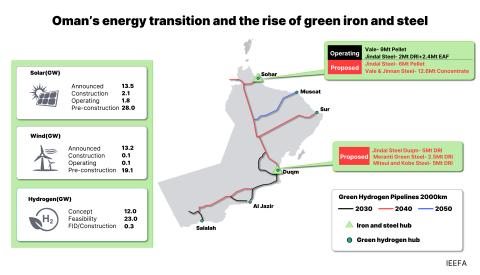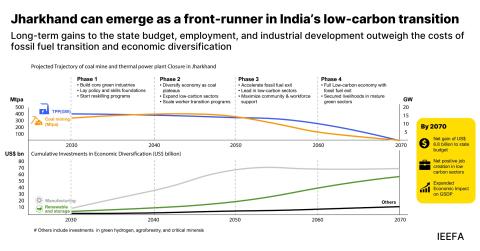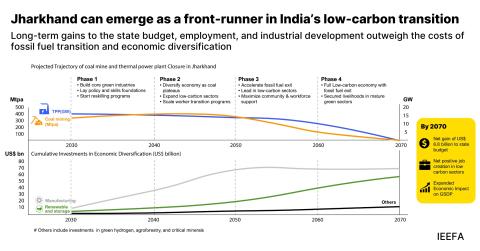Key Findings
IEEFA finds that the Navajo Generating Station’s economic prospects are even more bleak than they were in May 2017, and the claim that CAP would save money by signing with NGS cannot be substantiated.
Any owner of NGS is likely to suffer large losses during from 2020 to 2030, as the cost of generating power at the plant is likely to be significantly higher than the prices of power at the Mead and Palo Verde Hubs in Arizona.
Executive Summary
The electric utilities that own the coal-fired Navajo Generating Station (NGS) in Arizona announced in February 2017 that they are closing the plant because it is no longer economic to operate. Those owners— Arizona Public Service Company, Salt River Project, Nevada Power and Tucson Electric, along with the federal Bureau of Reclamation, have since signed an agreement with the Navajo Nation to close the plant by the end of 2019.
The Central Arizona Project (CAP), which distributes Colorado River water into central and southern Arizona and is the largest customer for NGS power, also announced last year that it could no longer afford to do business with the plant. CAP managers estimated in 2017 that the agency could have saved $38.5 million in 2016 by purchasing power from the market rather than from NGS.
The Institute for Energy Economics and Financial Analysis conducted an independent review in May 2017 of the energy markets and the costs of power from NGS. IEEFA’s report, “End of an Era: Navajo Generating Station Is No Longer Economic” affirmed that the plant is uneconomic to run and that its owners would lose approximately $2 billion if they were to continue to operate NGS from 2020 to 2030 unless subsidies were provided.
Despite the stark market realities, supporters of the plant have continued to push for ways to keep it open. In particular, Peabody Energy, which owns the Kayenta Mine that feeds the plant, has engaged consultants to entertain proposals from new owners. A Peabodyled campaign known as “Yes to NGS” is targeting the board of the Central Arizona Project, urging it to sign a long-term contract for power from NGS.
The campaign engaged a consultant, Energy Ventures Analysis, who concluded that “NGS would deliver a $370 million savings in power costs for the Central Arizona Project through 2030 versus purchasing power from the open market, and municipal and industrial customers would avoid a 30 percent increase in water charges over 10 years.” The campaign appears to be seeking a long-term commitment from CAP as a cornerstone to keeping the plant open. And in a letter to CAP from Lazard, the investment-advisory firm that has been engaged by Peabody to work on the campaign, it has vaguely suggested there may be legal consequences if CAP does not buy power from NGS under new ownership post 2019. This strategy is questionable, since CAP only purchases 25 percent of the plant’s electricity output.
Please view full report PDF for references and sources.
Press release: IEEFA Update: Push to Keep Navajo Generating Station Alive in Deal With Arizona Water Distributor Is Fraught With Risk















